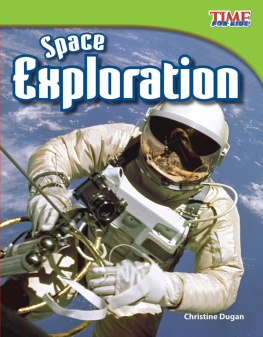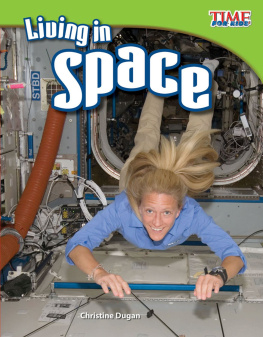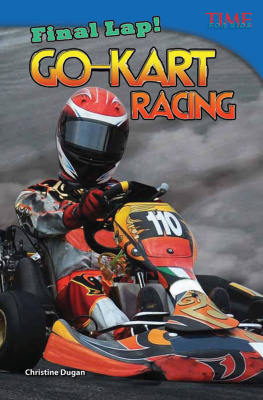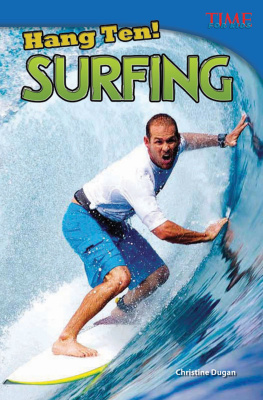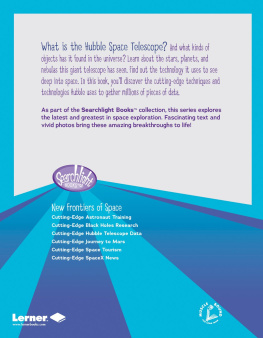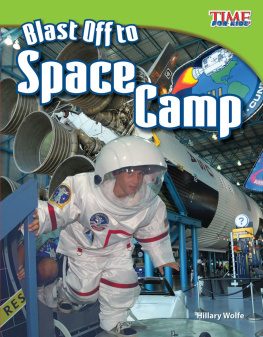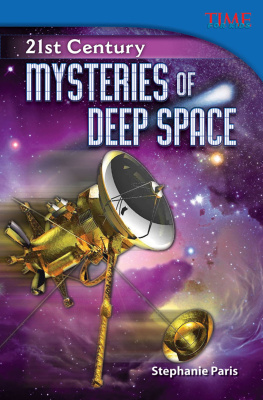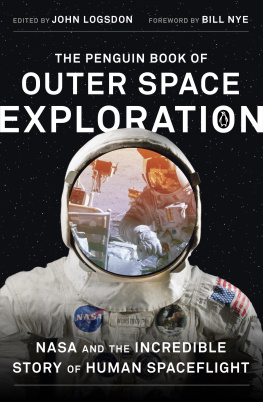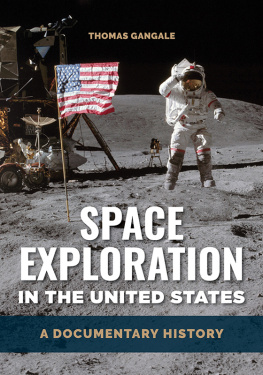
Christine Dugan
Space Exploration Dugan
Exploration
S
p
a
c
e


Teacher Created Materials
5301 Oceanus Drive
Huntington Beach, CA 92649-1030
http://www.tcmpub.com
ISBN 978-1-4333-3674-4
2012 Teacher Created Materials, Inc.
Reprinted 2013
Image Credits
Cover James McDivitt/NASA; p.3 blinow61/Shutterstock; p.4 Turkey/Bridgeman Art Library
Sally Greene; p.5 Bill Ingalls/NASA; p.6 NASA; p.7 NASA; p.8 Johnson Space Center/NASA;
p.9 Kennedy Space Center/NASA; p.10 left to right: Kennedy Space Center/NASA; p.11 top to
bottom: NASA; p.12 JSC/NASA; p.13 top to bottom: R. Gino Santa Maria/Shutterstock; NASA;
p.14 Kennedy Space Center/NASA; p.15 Kennedy Space Center/NASA; p.16 JSC/NASA; p.17
top to bottom: NASA; p.18 left to right: JSC/NASA; Kennedy Space Center/NASA; p.19 top
to bottom: Kennedy Space Center/NASA; p.20 JSC/NASA; p.21 top to bottom: JSC/NASA;
TsKBEM/Wikipedia; Michael Carbajal/NASA; NASA Johnson Space Center/Space Educators
Handbook; p.22 top to bottom: NASA; NASA ISS; p.23 top to bottom: NASA; resnak/
Shutterstock; Supertrooper/Shutterstock; p.24 left to right: NASA ISS; p.25 NASA ISS; p.26
top to bottom: Marty C./RC Groups; Robert Laberge/Getty Images; p.27 left to right: Karen
Bleier/Getty Images; Mark Greenberg/Getty Images; p.28 top to bottom: Johnson Space
Center/NASA; p.29 Kennedy Space Center/NASA; p.32 Edwin Verin/Shutterstock; back cover:
Kennedy Space Center/NASA
Based on writing from TIME For Kids.
TIME For Kids and the TIME For Kids logo are registered trademarks of TIME Inc.
Used under license.
Consultant
Timothy Rasinski, Ph.D.
Kent State University
Mark Sisson , Engineer
Publishing Credits
Dona Herweck Rice, Editor-in-Chief
Robin Erickson, Production Director
Lee Aucoin, Creative Director
Conni Medina, M.A.Ed., Editorial Director
Jamey Acosta, Editor
Heidi Kellenberger, Editor
Lexa Hoang, Designer
Lesley Palmer, Designer
Stephanie Reid, Photo Editor
Rachelle Cracchiolo, M.S.Ed., Publisher
Synched Read-Along Version by:
Triangle Interactive LLC
PO Box 573
Prior Lake, MN 55372
ISBN-13: 978-1-68444-853-1 (e-book)

Table of Contents
A New World ......................................
Early Exploration ..................................
NASA ............................................
Space Shuttles ...................................
Space Tragedies .................................
Hubble Telescope ................................
International Space Station ........................
Our Future in Space ...............................
Glossary .........................................
Index ............................................
About the Author .................................

A New World
In 1492, the explorer Christopher Columbus discovered a New World.
The truth is the world had always been there, but it was new to Columbus
and his people.
More than years later, most of our planet had been discovered.
But people still wanted to explore, just as Columbus did. So, where else
was there to go? Up! People began to explore space.
Christopher Columbus
traveled by ship across
the ocean.

Todays explorers use
different kinds of ships,
but they have the same
sense of adventure.
Space is a vast, seemingly
endless area for people to explore.
We have learned much about space
over the last few decades . But
luckily for todays explorers, we still
have much more to discover!

Early Exploration
Modern space exploration officially began on October 4, 1957. That is
when the first man-made satellite was launched into space. It was called
Sputnik 1, and it was built by the Soviet Union. It successfully orbited
Earth for six months.
On November 3, 1957, the Soviet Union sent Sputnik into space. This
time there was a passenger a dog named Laika. She lived for several
days. Sadly, Laika died of heat exhaustion caused by rising temperatures
in the satellite.
What Is It?
A man-made satellite is an object
people place into space to circle
Earth, other planets, or the sun.
Sputnik
The Soviet Union
The Union of Soviet Socialist
Republics (USSR), also
called the Soviet Union, was
a group of united countries
in Asia and Europe. Russia
was the largest country
in the union. In 1991, the
Soviet Union divided into
individual countries.

Two more dogs were sent into space, but they returned home safely
by parachute. Next a chimpanzee named Ham went up. He returned
to Earth in perfect health. Four months after Sputnik was launched,
the United States sent Explorer to orbit Earth.
In addition to dogs and monkeys, people have sent frogs, mice, fish,
bees, flies, ants, sea urchins, and more than 2,000 jellyfish into space!
Scientists study these animals to learn about the effects of space on
living things.
Ham, a chimpanzee, went into space in 1961.

NASA
People had finally found a way to reach space. Now they hoped to find
a way to send humans there. So, in 1958, the United States founded the
National Aeronautics (air-uh-NAW-tiks) and Space Administration , also
called NASA . Aeronautics is the study, design, and building of aircraft.
NASA organized space travel for the United States.

